Rebounding Drills and Boxing Out Basics
The Rebound is usually thought of as only the taller player task, but that is far from reality. Rebounding is every players responsibility. Rebounding takes an aggressive attitude, and is likely the most physical aspect of the game. Rebounding and Boxing Out go hand in hand. So unless the ball just happens to bounce into a players hands from just standing there, a player won’t secure any rebounds unless they box out first.
Check out our New Download – Post Player Skills
Boxing Out is the skill that gets players in a better position to get the rebound. A good rebounder will assume that every shot taken will be missed, and considers every missed shot is going to be a “pass” to them. Coaches must teach their players Rebounding Drills and Boxing Out Basics to be successful in the game of basketball.
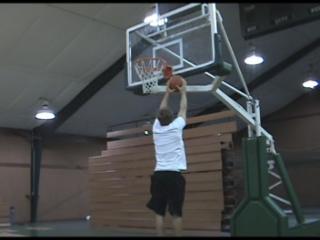
The Rebound / Basic Info:
There are “offensive” and “defensive” rebounds. A rebound occurs after a missed shot attempt. Usually the missed shot bounces off the backboard or rim. Players that “box out” usually get more rebounds. Offensive players that rebound a missed shot usually get an easy basket (put-back) after the rebound. Any shots taken far from the basket, such as the 3-point shot usually bounce further from the basket (long shot, long rebound).
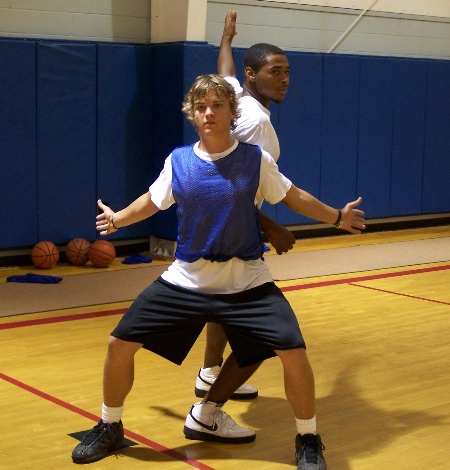
The Basic Steps of Rebounding:
The basic rebound is fairly easy to learn, but will take time to develop. The first step with rebounding will always be “Position” and how do you get position? By boxing out! Effort and Timing are the keys to great rebounding.
Rebounding Basics (Right Side)
Boxing Out – The Steps
1. Position – When a shot is taken, players must quickly get into a good rebounding position – which means to get in a position to box out.
Turn / Face the Player – Turn and face the player you are going to box out. Do not watch the flight of the ball, find the player you are getting ready to box out first.
Make contact – Always make contact (use your forearm).
Pivot – Turn (pivot) so that your back is to the player – and you are now facing the basket.
Push backwards – Push on the player with your back (and butt), push back as far as you can, you want to create as much space to rebound as possible.
Keep your arms up and out – So you can feel which side the player wants to move, then move (slide) your feet to maintain position.
Stay Low – Keep your knees bent slightly, this will you to push the player back harder (maintaining a lower center of gravity).
Always maintain balance – Don’t allow your opponent to throw you off balance.
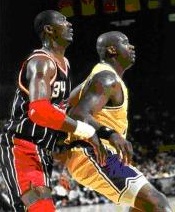
2. Once in the boxing out position (with feet shoulder width apart, knees bent slightly, and keep arms up and out to just above your head):
Hold the player – Don’t release from holding the player until it’s the right time.
Keep Arms / Hands Up – Keep your hands up (always be ready in case the ball comes off the rim unexpectedly, etc).
Time your jump – You want to grab the ball at the highest point of your jump. Concentrate and anticipate the flight of the ball.
Secure the basketball – Hold the basketball securely with both hands, keep your elbows out in a fixed position, and “Chin” the basketball (which means hold the basketball up under your chin).
Keep Elbows Out but Don’t Start Swinging
Do not swing your elbows aggressively, this could result in an offensive foul.
Boxing Out Basics (Right Side)
Get in a position to Rebound – Boxing Out Moves !
What do you do if you cannot get in a position to box out properly?
A player will need to use speed and aggressiveness to rebound in “traffic.” Jump between other players, grab the ball with one hand if possible, or “tip” the ball up so you can gain possession. Crash the boards! Get the rebound with hard work and extra effort – don’t give up until you’ve done everything you can to get the rebound. Here are some Boxing Out Moves that players can learn to get in position to rebound. If you want to gain the advantage against your opponent, learn these moves (rebounding drills) to increase your rebounding skills.
Boxing Out Move / Arm Over Move
Boxing Out Move / Step Around Move
The Types of Rebounds:
Defensive Rebounds – Once you secure a defensive rebound you will need to make an outlet pass to a guard. The outlet pass can be the start of the fast break, which in turn gets your team a quick score. You may not score the basket on the fast break, but your rebound (and good outlet pass) is the main reason why the basket occurred (no rebound, no fast break).
Rebounding Trick / Tipping the Ball
Offensive Rebounds – Once you secure a offensive rebound you will need to go back up with it and shoot – there is no other option when you have the ball that close to the basket than to shoot – it is a rule I teach my players. Here is one of the main rebounding drills that I teach my post players to build this skill…
Of course any long offensive rebounds (well away from the basket) would not fall under the “put back” rule.
Long Shot / Long Rebound – You can expect that a missed 3-point shot will result in a long rebound (not always, but a good percentage of the time). Use the rule “Long Shot / Long Rebound” when anticipating rebounds.
Weak Side Rebounds / Area – The weak side rebound area is considered the area around the block – that is on the opposite the side of the ball. It is estimated that 70% of all rebounds can come from the weak side. It is important to ensure that offensive players drop down to this position when it is their responsibility! The weak side rebound can be a very good opportunity for a quick basket. Many easy baskets (put-backs) occur here!
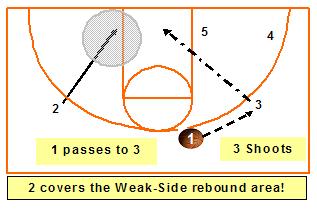
Boxing Out – Definition
Definition: Boxing out is when a player (offensive or defensive) gets position and prevents their opponent from getting a rebound. This very important skill requires aggressiveness and toughness in a player.
Boxing out is a very simple skill to learn, but one of the hardest skills for players to remember to do in the game.
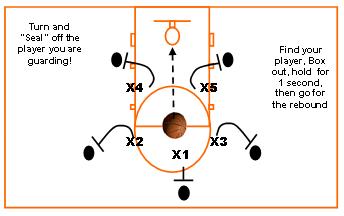
Jump Higher:
Jumping is definitely a major skill needed for rebounding. Yes, a player can just stand there and the ball just falls into their lap – but that’s not really rebounding. Good rebounding entails jumping high, so like any other basketball skill, you have to practice jumping, include this skill in your rebounding drills. Here’s one very good drill that will help build jumping skills…
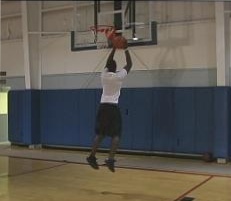
Wall Taps (Post Player / Team Drill)
Rebounding Tips / Notes:
1. Even though Rebounding and Boxing Out are two different skills, they are both needed for good rebounding to take place. They go hand in hand.
2. Outlet Pass – A good rebounder that looks to outlet the ball to a guard quickly can start the fast break (and enable the team to get some points quickly).
3. Keep the Ball up High – especially in a crowd, keep the ball up high over your head.
Important Teaching point: Whenever a post player brings the ball down low to the waste area – I tell them that they are no longer tall. A 6ft post player is no longer 6ft if they bring the ball down to waste level. When tall players bring the ball low, the ball is now subject to being stolen (usually by an aggressive guard).
Post Player Tip / Keep the Ball above the Head
4. Want the Ball – Any player that really wants the ball (and boxes out) can become a good rebounder. You have to want the ball more than your opponent, you have to put everything you have into gaining possession of the ball.
Arm Over, Spin Move - Boxing Out Move
The Weak Side
5. A good rebound is not always taken above the rim (by jumping high). Most rebounds are taken below the rim from the “weak side” rebounding position.
6. Be aggressive when rebounding – Do everything you can to gain position on your opponent (remember, your opponent is also trying to box you out). You must be faster, quicker, or make a move to get position (change direction, use a spin move, or fight to step around the player).
7. Contact – To be a good rebounder, you can’t be afraid of the contact. If you stand your ground and tough it out, your opponent may not be so eager to get the rebound against you. Be physical, but be clean (don’t throw punches or elbows, etc).
8. When you hear the word “shot” yelled out by one of your teammates, this means to “box out” then look for the rebound. The word “shot” means to “box out” in the language of basketball.
Important Note: Players should not watch the flight of the ball after a shot is taken. But rather find an opponent to box out first, then look for the basketball and the rebound opportunity…
The Blocking Pad:
One of the most beneficial practice aids I have used is the Blocking Shield (a small size blocking pad used in football). A great tool for rebounding drills. First, this piece of equipment is used to protect the holder from excessive contact. Second, it allows players to be more aggressive during rebounding drills (they have no reason to hold back now). Where do you get the most benefit? I would say with the post players. Having a blocking shield around can make for some tough, aggressive workouts from your players. Contact is something that needs to be taught to players! A team can have the tallest player around, but if they don’t use their size – it will not help the team. Use a blocking shield – and get your post players used to aggressive contact. Make it more game like for them when they get the rebound.
Check out the video clip below…
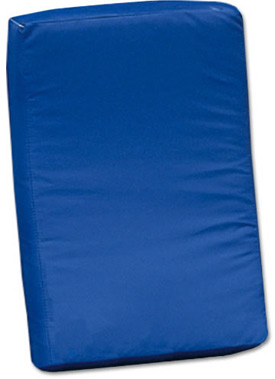
The rebound is a game changer. The art of rebounding is a very hard skill to master – it takes a lot of hard work, rebounding drills, and dedication. A team with one or more good rebounders will be very successful. Teams without good rebounders will most likely struggle. The game is not all about the best scorer, defender, ball handler, or shooter – it has to include rebounding and boxing out. Rebounds are a very important statistic. Just as important as shots and free throws. Good rebounding stats can get a player lots of playing time. Working on Rebounding Drills and Boxing Out Basics in practice will result in having your players ready for the game.
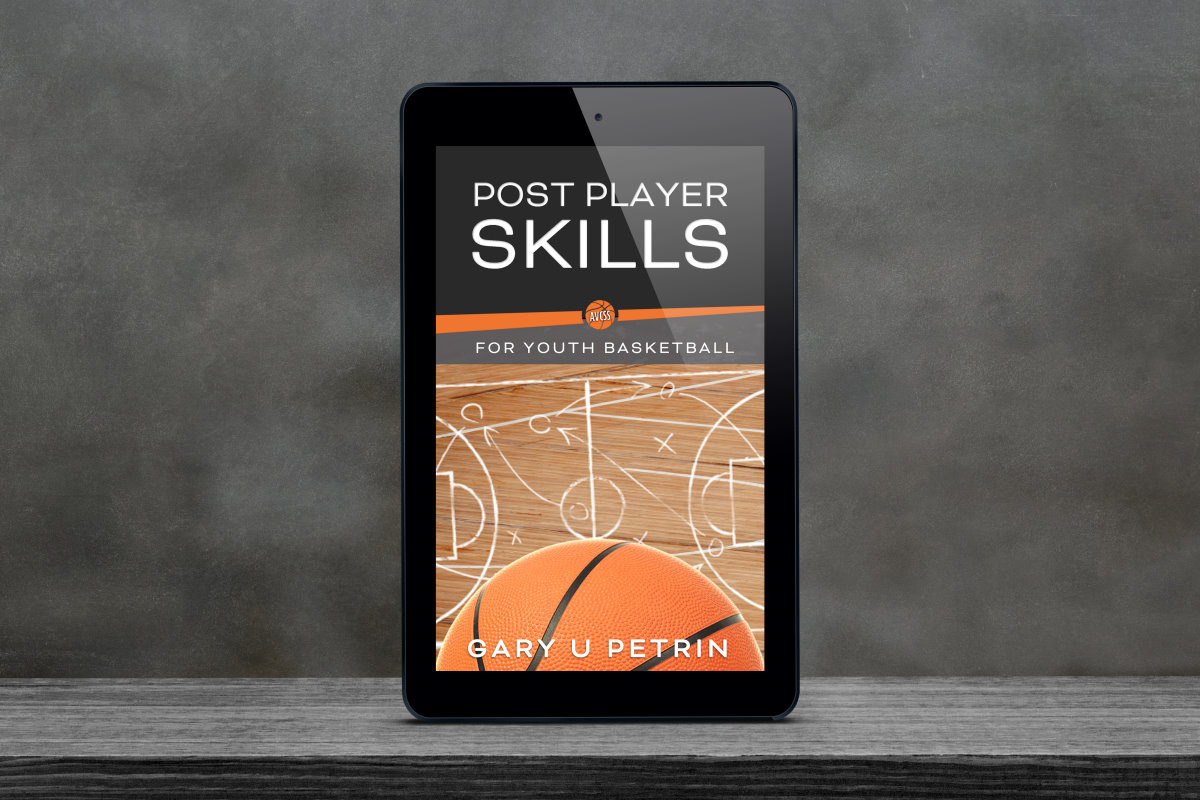
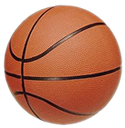

I am learning a lot from this website can you please notify me on new moves and how to teach kids basic drills as well
Can an offensive player who gets possession of a long rebound (outside the key) assume the triple threat position (when surrounded by the defense), and then choose to dribble the ball rather than pass? Or is this considered a double dribble?
Can I rebound my own shot, get control of the ball w/ both hands, pivot, and then dribble? Or is this considered a double dribble?
As long as your shot attempt hit the rim there is no double dribble violation.
There is no double dribble violation as long as you did not dribble the ball while gaining possession.